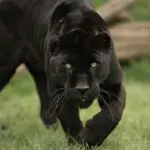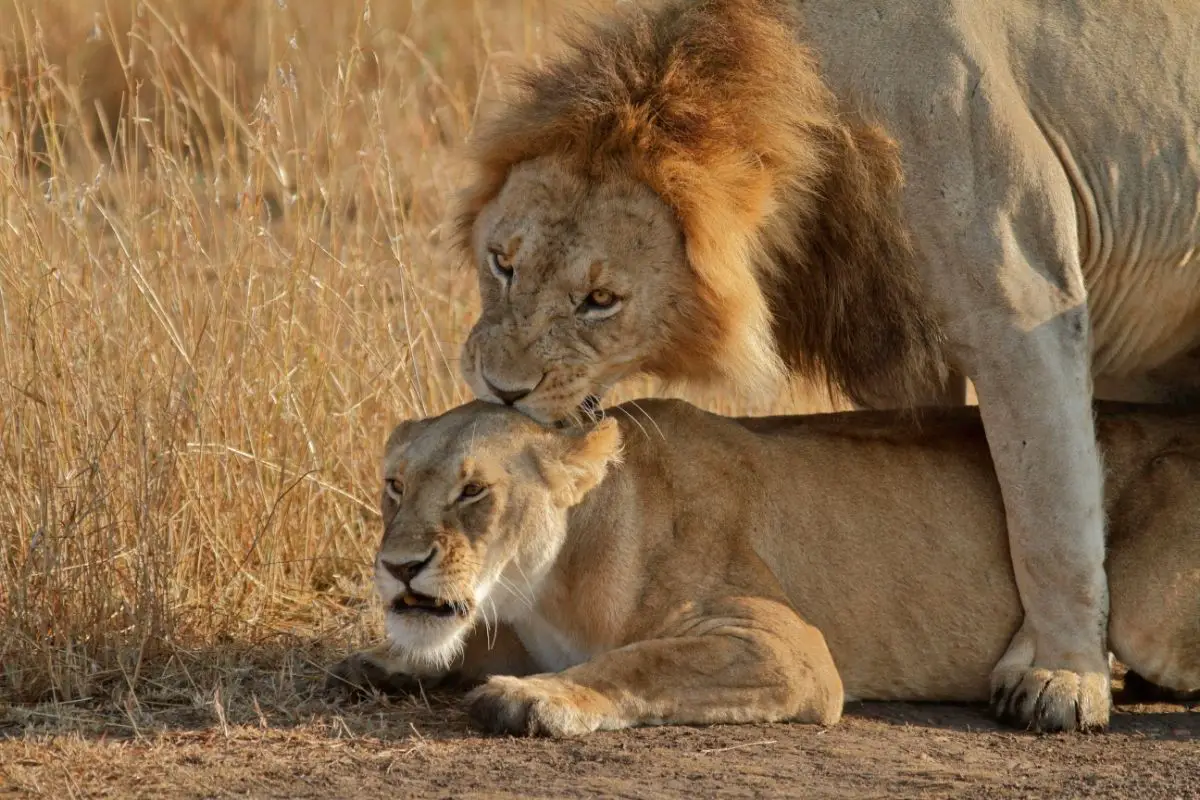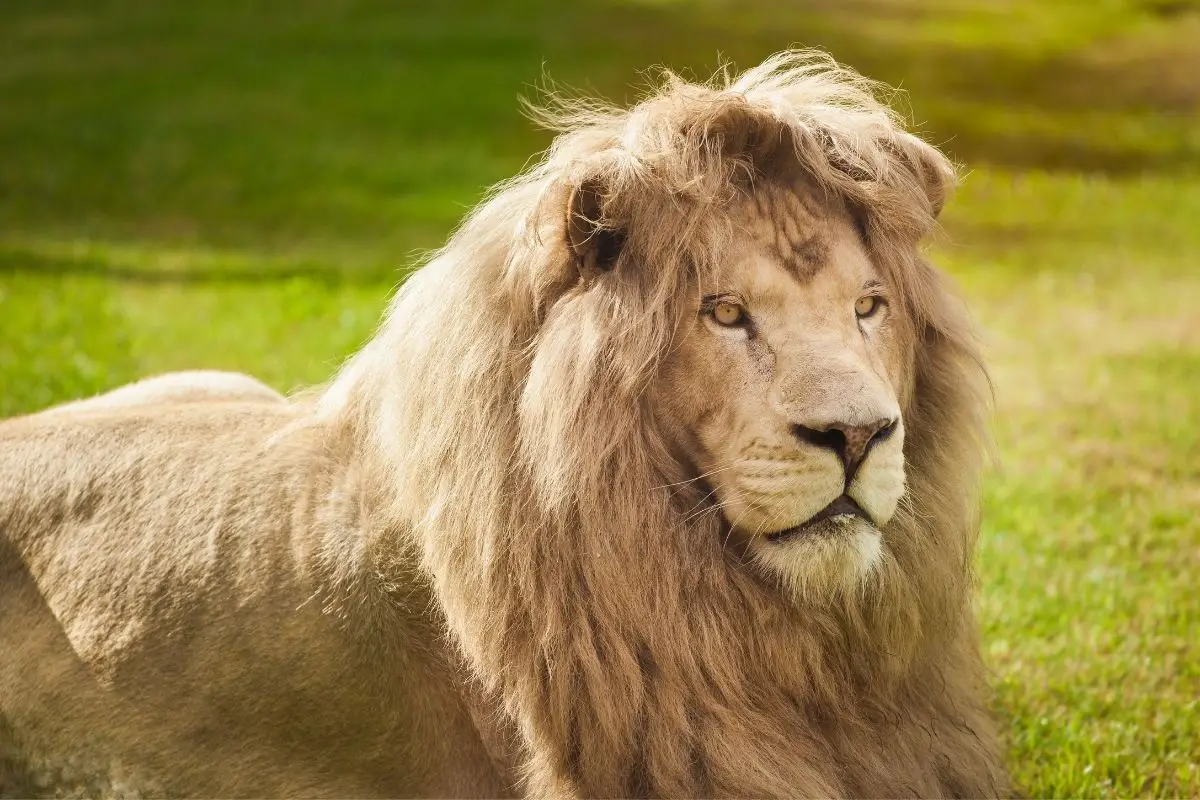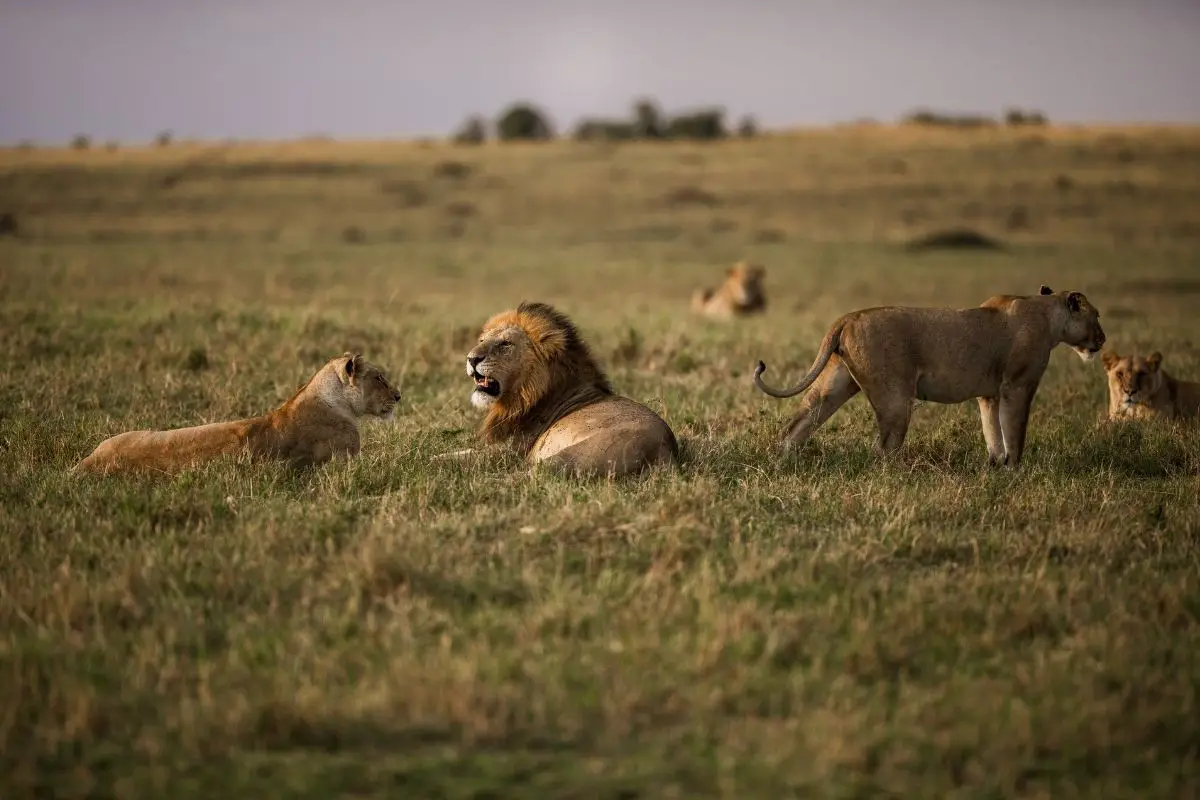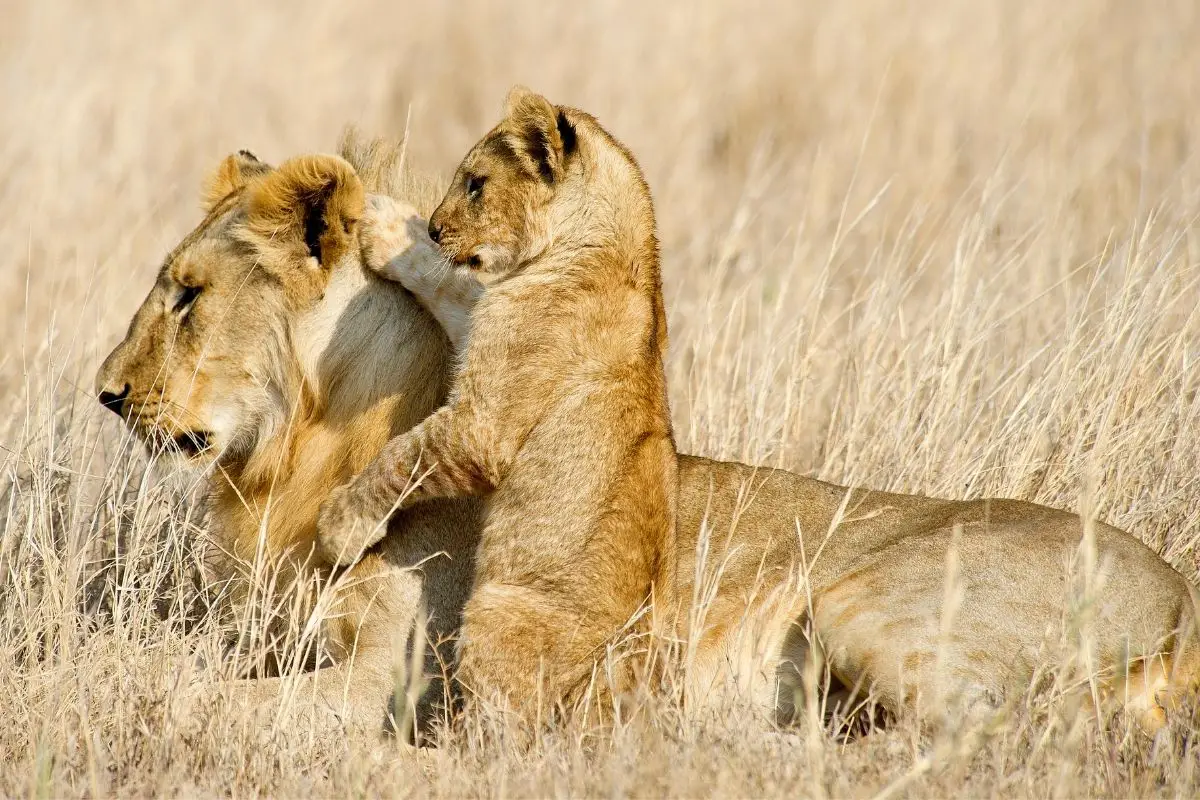The social behavior of lions is a complex one and very unique from a lot of other big cats. Unlike solitary hunters like leopards or tigers, lions have evolved sophisticated mechanisms to prevent inbreeding while maintaining their pride-based social structure.
Rather than living solitary lives, lions form large groups known as a pride that usually contains several female lionesses and typically just one to four dominant males. However, the question remains: would a male lion mate with his mother sister or daughter if given the opportunity?
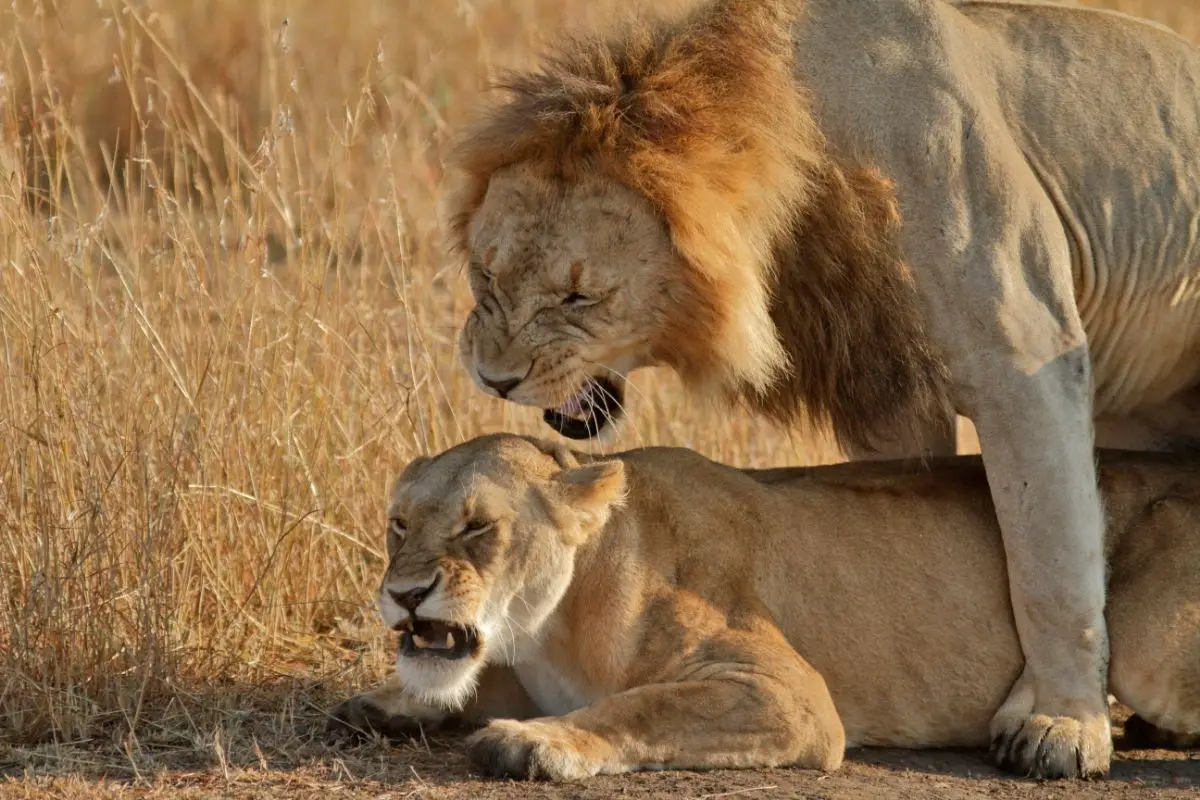
Most lions and lionesses in a pride are related, which creates a potential risk of inbreeding. However, lions have evolved remarkable behavioral and social mechanisms to avoid this problem. Recent scientific research has revealed just how sophisticated these natural systems are.
How Lion Pride Social Structure Prevents Inbreeding
To understand whether a male lion would mate with his mother, sister, or daughter, we must first examine the intricate social organization of lion prides and how it naturally prevents such occurrences.
A typical lion pride consists of several related lionesses – sisters, aunts, nieces, mothers, daughters, and cousins – who remain together for life. These female lions form the stable core of the pride, sharing hunting duties, cub-rearing responsibilities, and territorial defense.
Male lions, however, follow a completely different life pattern. Once they reach 2-3 years of age, before they become sexually mature, young males are expelled from their birth pride. This expulsion is crucial – it happens before the males can breed with their female relatives.
Male Dispersal Patterns in the Wild
Scientific studies have shown that male lions typically disperse 20-100 kilometers from their birth territory, with some traveling up to 200 kilometers. This extensive travel ensures that when they eventually take over a new pride, the females there are genetically unrelated.
- Dispersal distance: 20-200 kilometers from birth pride
- Success rate: Only 5-10% of males ever return to their natal territory
- Coalition formation: Brothers often travel together, increasing survival chances
- Takeover timing: Prides change dominant males every 2-4 years on average
The Science Behind Lion Inbreeding Avoidance
Research published in behavioral ecology journals has demonstrated that lions possess multiple mechanisms to avoid inbreeding, making the scenario of males mating with close relatives extremely rare in healthy populations.
Genetic Recognition and Behavioral Avoidance
Lions can recognize relatives through scent marking and familiarity cues. Studies by conservation biologists have found that lions actively avoid mating with individuals they recognize as close relatives, even when other mating opportunities are limited.
The International Union for Conservation of Nature has documented these behaviors extensively in their African lion conservation reports, noting that inbreeding avoidance is critical for maintaining genetic diversity in wild populations.
Pride Takeover Dynamics
When new males take over a pride, they engage in infanticide – killing cubs sired by previous males. This behavior serves multiple purposes:
- Brings females into estrus more quickly
- Ensures males don’t waste energy raising unrelated offspring
- Prevents future competition from maturing males
- Eliminates the possibility of mating with their own offspring later
This natural behavior, while appearing harsh, is an evolutionary adaptation that prevents inbreeding and maintains genetic health in lion populations.
Would A Male Lion Actually Mate With His Mother, Sister, or Daughter?

While the biological drive to reproduce is strong in all animals, the specific question of whether a male lion would mate with his mother sister or daughter has multiple layers of complexity.
Mating with Mothers and Sisters
In natural circumstances, a male lion mating with his mother or sisters is extraordinarily unlikely for several reasons:
- Timing: Males are expelled before sexual maturity (around 2-3 years)
- Physical capability: Young males lack the strength to overthrow their father
- Female alliance: Lionesses typically support the established male against challengers
- Territory size: Dispersing males travel far enough to avoid returning to their birth pride
For a young male to remain in his birth pride and mate with female relatives, he would need to successfully challenge and defeat his father – an event that rarely occurs due to the age and experience disadvantage.
The Daughter Scenario
The situation with daughters presents different challenges. Female lions reach sexual maturity at around 3-4 years of age. For a male to mate with his daughters, he would need to:
- Maintain control of the pride for 4+ years
- Survive constant challenges from nomadic males
- Overcome any natural recognition and avoidance behaviors
Research indicates that the average tenure of a dominant male in a pride is only 2-4 years, making this scenario statistically uncommon. Most males are displaced or killed before their daughters reach breeding age.
Exceptions: When Inbreeding Does Occur
While natural lion behavior strongly prevents inbreeding, certain circumstances can lead to exceptions:
Isolated Populations
In fragmented habitats or small reserves, normal dispersal patterns may be disrupted. Studies published in Nature Conservation Biology have documented higher inbreeding rates in isolated lion populations where males cannot disperse effectively.
Captive Environments
Without proper management, captive lions may breed with relatives. Modern zoos and conservation facilities actively prevent this through:
- Genetic record keeping
- Coordinated breeding programs
- Strategic animal transfers between facilities
- Use of contraception when necessary
Population Bottlenecks
In areas where lion numbers have crashed due to habitat loss or human conflict, the remaining individuals may have limited mating options, potentially leading to increased inbreeding.
The Consequences of Lion Inbreeding
When inbreeding does occur, the consequences can be severe for individual lions and entire populations:
Genetic Health Issues
- Reduced fertility: Lower conception rates and smaller litter sizes
- Developmental abnormalities: Physical deformities and genetic disorders
- Immune system weakness: Increased susceptibility to diseases
- Behavioral problems: Altered social and hunting behaviors
- Reduced survival rates: Higher cub mortality and shortened lifespans
These effects explain why natural selection has favored strong inbreeding avoidance mechanisms in lions. Understanding these patterns also helps inform conservation efforts, as discussed in resources about why male lions kill and eat their cubs.
Conservation Implications and Modern Management
Understanding lion mating behaviors and inbreeding avoidance has critical implications for conservation efforts. As wild lion populations continue to decline – from an estimated 200,000 in the 1980s to fewer than 20,000 today – genetic management becomes increasingly important.
Wildlife Corridor Importance
Maintaining connectivity between lion populations allows for natural dispersal patterns and genetic exchange. Conservation programs now prioritize:
- Creating wildlife corridors between protected areas
- Removing barriers that prevent natural male dispersal
- Monitoring genetic diversity through DNA sampling
- Occasionally relocating individuals to increase genetic exchange
Breeding Program Management
Zoos and conservation facilities use sophisticated genetic databases to prevent inbreeding while maintaining genetic diversity. These programs have been crucial for maintaining healthy captive populations that can potentially support wild population recovery.
The success of these programs also relies on understanding natural lion behavior, including mating patterns discussed in articles about whether lions mate for life and their mating frequency.
Conclusion: Nature’s Sophisticated Inbreeding Prevention
So, would a male lion mate with his mother sister or daughter? While lions don’t possess moral constraints against incest like humans do, they have evolved remarkably effective behavioral and social mechanisms that make such occurrences extremely rare in healthy wild populations.
The key factors preventing inbreeding include:
- Male dispersal: Young males leave before sexual maturity
- Pride takeovers: Regular replacement by unrelated males
- Genetic recognition: Ability to identify and avoid close relatives
- Territorial behavior: Large ranges that minimize family encounters
In the rare cases where inbreeding might occur – such as in isolated populations or disrupted social structures – the genetic consequences are severe enough to reduce survival and reproductive success.
Understanding these natural behaviors is crucial for lion conservation efforts, as human activities increasingly fragment habitats and disrupt normal social patterns. By protecting large, connected landscapes and maintaining genetic diversity through careful management, we can ensure that lions continue to follow their natural inbreeding avoidance strategies.
For wildlife enthusiasts and conservationists, appreciating the complexity of lion social behavior – from mating patterns to cub-rearing strategies – provides deeper insight into why these magnificent predators have survived for millennia and what they need to thrive in the future.
- Bengal Cat vs Wild Bengal Tiger: Complete Comparison 2025 - October 31, 2025
- Complete Wild Cat Spotting Guide for Hikers 2025 - October 31, 2025
- Lynx vs Bobcat: Complete Field Identification Guide 2025 - October 30, 2025


